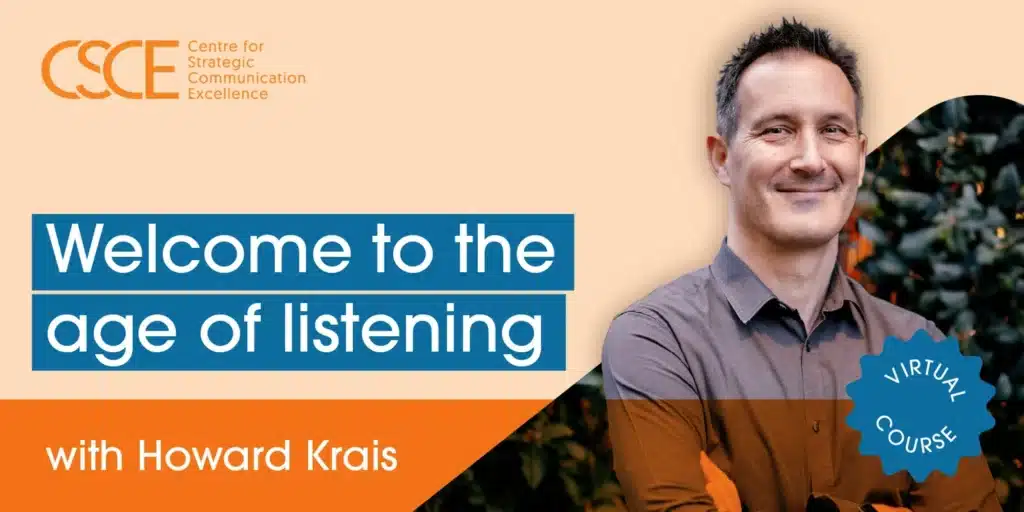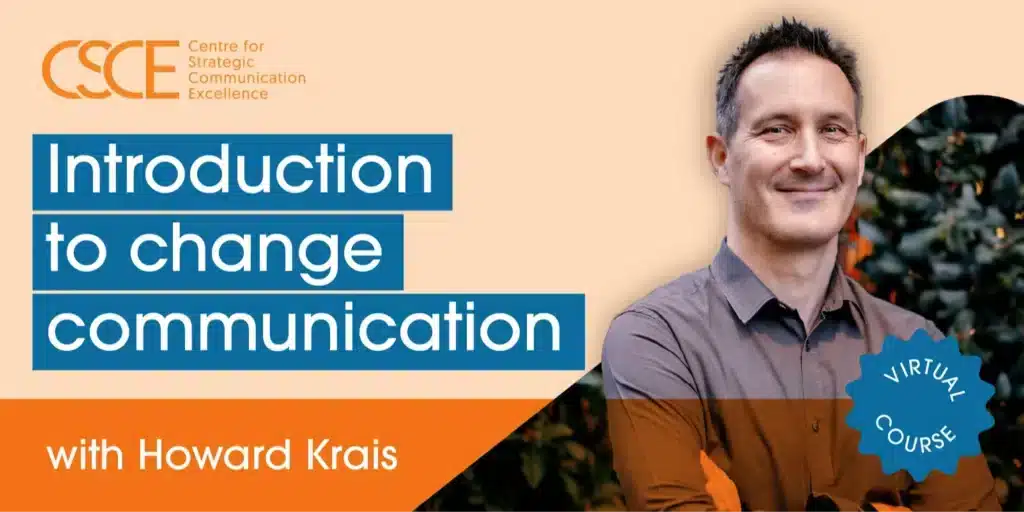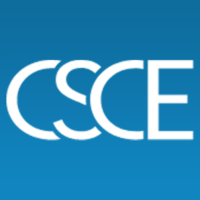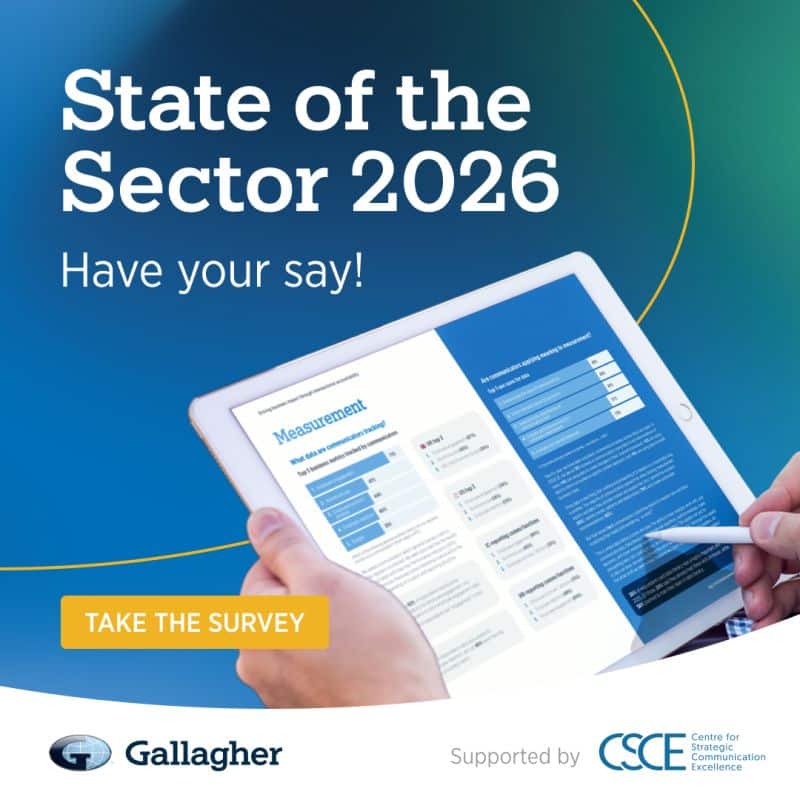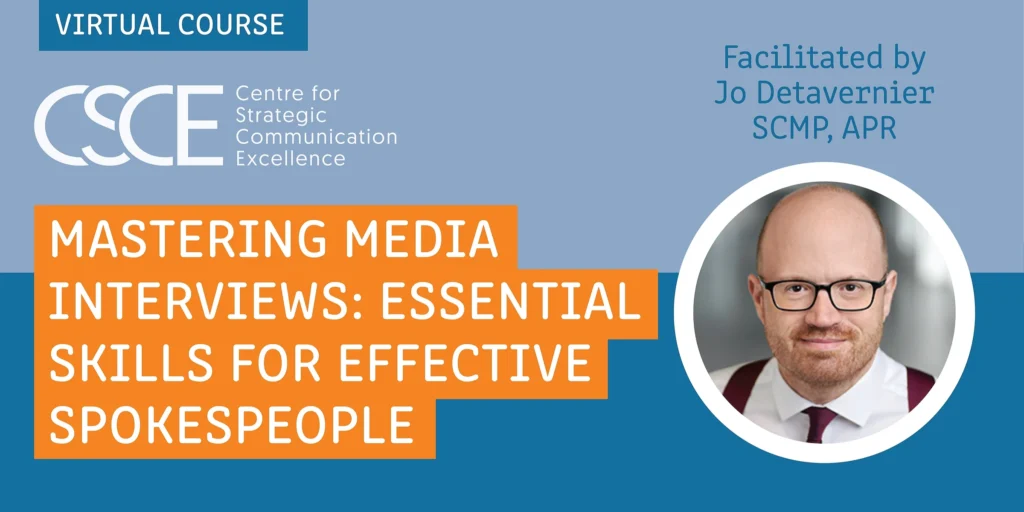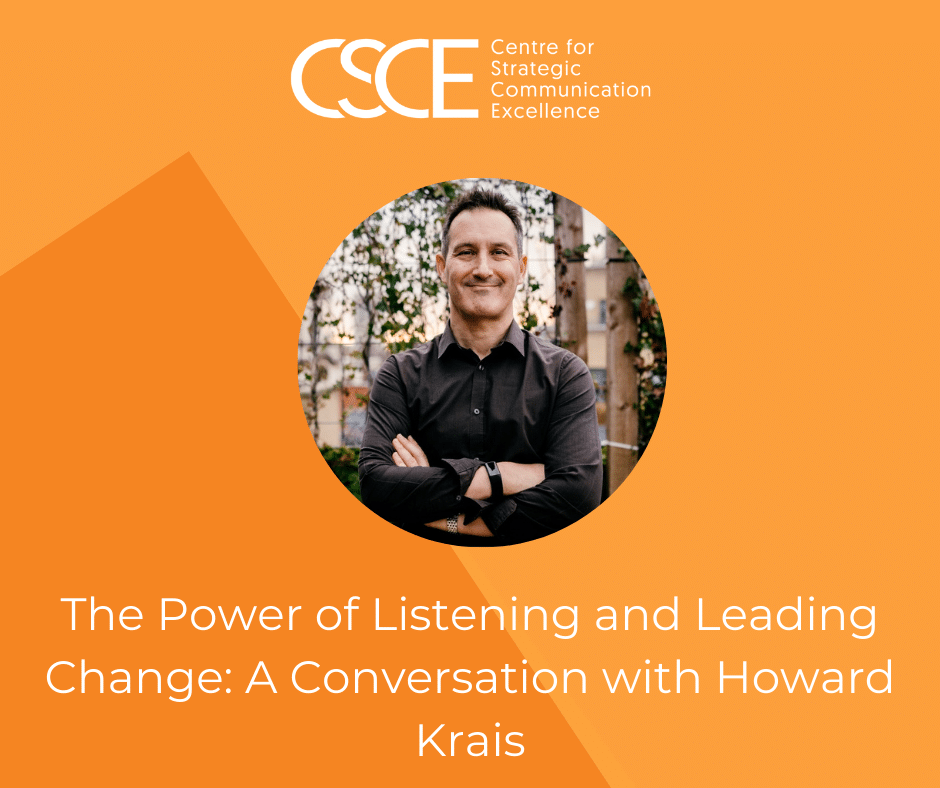
In a world where change is relentless and technology continues to reshape our interactions, the role of communication professionals has never been more critical. Far beyond crafting messages, we are entrusted with the responsibility of transforming how our organisations listen, adapt, and ultimately thrive. Listening isn’t just a soft skill—it’s a strategic necessity, and leaders who fail to cultivate this ability risk losing touch with the very people they rely on to drive success.
I recently had the privilege of speaking with Howard Krais, co-founder of True, whose approach to leadership and communication challenges the status quo. His insights into the power of listening reveal a new blueprint for how leaders can reimagine communication in a rapidly changing landscape. This is part one of a three-part series, where we’ll explore the wisdom shared by both Howard and his co-founder, Ann-Marie Blake. Today, we focus on Howard’s thought-provoking perspectives on listening and leading change.
In part two, we’ll hear from Ann-Marie Blake on the importance of communicating with clarity, inclusivity, and accessibility. Then in part three, Howard returns to share his insights on building and maintaining brilliant champion networks within organisations.
Sia: In a world where technology can sometimes hinder genuine communication, how can organisations re-establish deep listening as a core part of their culture?
Howard: It all comes down to a desire to work with employees, rather than relying on the old-fashioned top-down approach where communication is about pushing information through channels. In my book, Leading the Listening Organisation, which I co-wrote with Mike Pounsford and Dr. Kevin Ruck, we found that listening is chiefly a leader’s responsibility. Leaders set the tone for the organisational culture, and when they demonstrate that they understand the power and benefits of listening, others will follow.
I define listening as the ability to understand the perspective of others and respond appropriately. It’s happening if people feel they’ve been listened to and their voice counts. When systems and processes support this, listening can become a core strength of the organisation.
Sia: How can leaders embed listening into their approach to change management?
Howard: It starts and finishes with leaders. Leaders who listen make better decisions. They recognise that they don’t always have all the answers so should be open to listening to those who do—perhaps those closest to customers or experts on a particular process. When it comes to change, we believe in what we call ‘people-centred’ change. In other words, leaders must involve their people rather than impose change on them. All too often, leaders spend considerable time sweating over every detail of the business case and while they recognise they need to communicate the change, they assume that just holding a Town Hall or sending a CEO email will be enough for employees to see the blinding logic through which they will understand and deliver the change and their role in it. But it’s not that simple.
We all typically have an emotional reaction to change. We want to know, “What does this mean for me and my team/colleagues?” This is where listening becomes crucial. We need to provide the space and time for people to have the conversations that enable them to understand the answers to these questions. Hardwiring listening processes that can respond to concerns, answer questions, and seek ideas will enable leaders to build understanding and support, reduce stress, cynicism and negativity and make change a collaborative rather than a top-down process.
Sia: How can organisations measure the impact of effective listening on employee engagement and overall business outcomes?
Howard: Setting measurable listening objectives and developing a listening plan tied to business outcomes is key. In Leading the Listening Organisation, we also discuss how to use listening audits—short surveys and focus groups—to gather insights as well as talking about many of the different ways you can actually introduce listening.
Sia: What are the most common mistakes organisations make during change communication, and how can they avoid them?
Howard: McKinsey tells us that 70% of change programs don’t deliver what they promise. The reasons? Two stand out: not having a clear change story and not bringing people along on the journey.
As our understanding of the brain evolves, we know that change triggers an emotional ‘flight or fight-type’ reaction. It’s not about logic; people instinctively fear change. Leaders often overlook this, assuming that the logic behind the business plan, which has been an emotional journey for them, will be just as obvious to everyone else. The real challenge is recognising that employees need to be engaged with both logic and emotion.
Sia: In what ways can communication professionals ensure that they are building trust and transparency, especially during disruptive organisational changes?
Howard: Providing employees with the time and space to process what change means for them and their teams is crucial. Communication professionals can support this by encouraging open dialogue. Listening plays a central role, and promptly and consistently addressing employee questions, suggestions, and concerns helps establish trust. When people feel heard, they are more likely to trust a process. A lack of information or listening on the other hand, creates a vacuum where misunderstandings can flourish. Empty promises that an employee’s voice is important when nothing happens as a result damages and negatively impacts trust – for example, when it takes over three months to share the results of a survey, we shouldn’t be surprised that employees will think twice about completing a similar survey next time.
Sia: How can a well-executed change communication strategy align teams and reduce resistance to change?
Howard: A well-executed change communication strategy offers substantial benefits. First, it delivers a clear, compelling change story that leaders can deliver confidently and consistently in ways that align with their strengths and the local dynamics of their teams.
Beyond explaining the ‘why’ behind the change, a strong strategy helps to bring employees along on the journey. It facilitates meaningful conversations, designed so that employees can better understand what the change means for them and their teams. An effective listening strategy ensures that employee questions, concerns, and suggestions are addressed, demonstrating that their input matters.
Additionally, it empowers leaders to be visible and provides tools and information to track progress, celebrate milestones, and recognise employee efforts. When these elements are in place, trust builds, and employees are more likely to accept and even enhance the change, with the confidence of knowing they play an integral role in the organisation’s success.
Howard’s insights reveal that listening is not just a skill—it’s a strategic tool for building trust, reducing resistance, and creating environments where employees feel empowered to contribute meaningfully. In times of change, the ability to truly listen can be the difference between success and failure. As organisations navigate an ever-evolving landscape, embedding listening into the core of leadership and communication is essential.
Howard Krais and his co-authors dive deep in their book, Leading the Listening Organisation, exploring how listening can transform organisations into places where people and ideas truly flourish. Don’t miss out on this essential read for leaders looking to drive meaningful change—grab your copy today!
Stay tuned for part two, where we continue the conversation with Ann-Marie Blake, who will explore how to communicate with clarity, inclusivity, and accessibility, ensuring that your messages resonate with every member of your audience.
If Howard Krais’s approach to listening and change leadership resonates with you, don’t miss the opportunity to dive deeper. Discover how his listening and change communication training courses can help you cultivate a culture of trust, enhance employee engagement, and lead with confidence during times of change.



